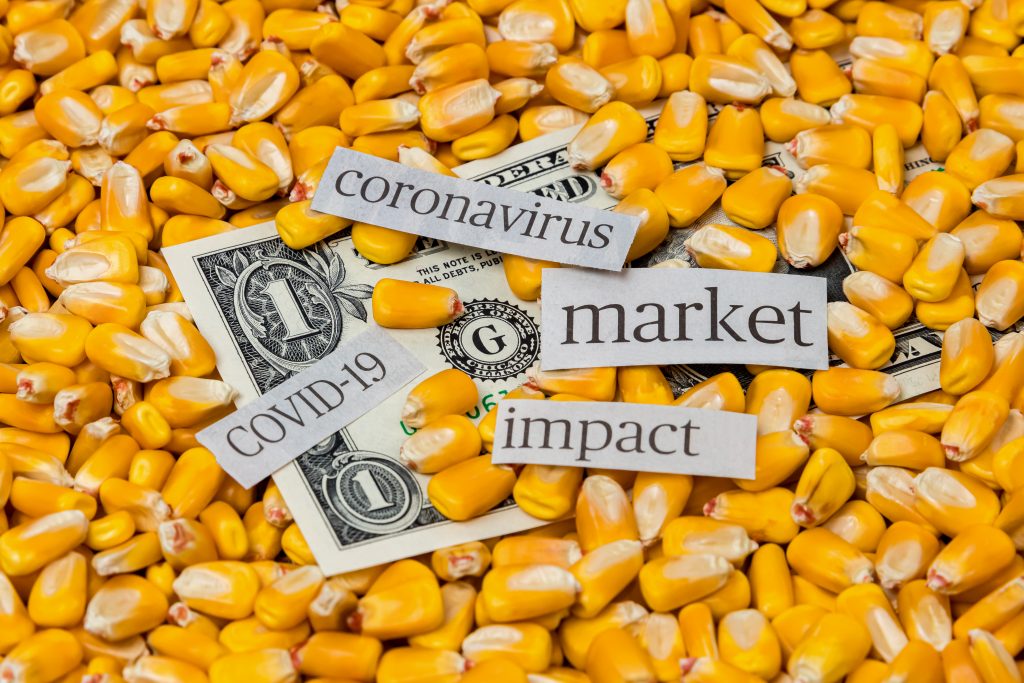
As vegetable and specialty crop producers near another spring harvest season, marketing their product remains a focal point of their farming operations.
Adam Rabinowitz, Assistant Professor and Extension Economist at Auburn University, implores producers to be better prepared this year amid the ongoing coronavirus pandemic.
“I really recommend producers think about their marketing and distribution earlier and really at the forefront. That was one of the things that really caught a lot of people off guard (last year) when large institutions started closing down, and restaurants were closing down. It became more and more difficult to market through those channels,” Rabinowitz said.
“Knowing that, seeing these opportunities, seeing where we are right now, just planning ahead and having contingency plans will be highly recommended.”
Pandemic’s Impact
When the pandemic first impacted the United States last March, it shut down the country, in particular, restaurants. A lot of which, southeast producers sell their produce to.
The lack of a food service option crippled certain sectors of the agriculture industry, including tomatoes. Bob Spencer, President of West Coast Tomato in Palmetto, Florida, said last April that his company farms between 3,500 and 4,000 acres every year. But he was losing 90% of his business. About 70% to 75% of the state’s tomato crop is designated for the food service market.
Florida farmer Paul Allen said in early April that they had left about 2 million pounds of green beans and 5 million pounds of cabbage in the field just because the demand had diminished.
As the pandemic continues to be problematic across the country, producers should be better prepared for what to expect and know what worked and what didn’t work.
Farmers like Bill Brim in Georgia boxed their produce and sold direct to consumers to offset decreased demand. While it did not completely offset the decreased demand, it provided consumers a chance to buy local and raise awareness about buying local especially during a time of crisis. Community Supported Agriculture (CSA) was another option that paid off for some producers.









